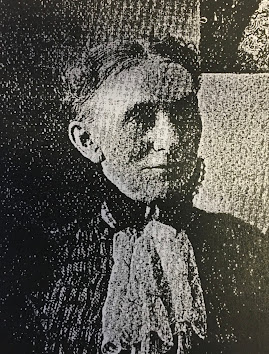Dear George,
I just finished my OLLI class in writing sonnets. I thought this would be simple and straightforward, but the task was harder than I expected. Sonnets have so many strict rules that writing one is a real challenge. The Sicilian poet Giacomo da Lentini is believed to have invented the sonnet in the 13th century, while the Italian poet Francesco Petrarca (known as Petrarch) is given credit for bringing the sonnet to the forefront of Renaissance literature. The two main traditional types are Petrarchan and Shakespearian sonnets, although modern sonnets can depart from various aspects of these forms.
Sonnet means “little song” in Italian, a reference the musicality in its use of rhyme and meter. Petrarchan sonnets are 14-line poems written in iambic pentameter (ta-DA ta-DA ta-DA ta-DA ta-DA). The 14 lines are divided into two sections: an octave (the first 8 lines) and a sestet (the final 6 lines). The octave is known as the Proposition (which presents a problem or question), and the sestet is the Resolution (which resolves the problem or gives a new perspective. The rhyme scheme for the octave is ABBA ABBA. The most common rhyme scheme for the sestet is CDECDE, although other variations are also used, e.g., CDCDCD or CDDCDC. Here is my attempt at writing a Petrarchan sonnet.
THE GIRL OF MY DREAMS
Eighteen, the college mixer, freshman year.
I saw this sparkly girl across the way.
So filled with smiles and laughs, so pert, so gay.
“I’ll marry her,” my impulse was sincere.
But months went by, my shyness was so clear.
I ran into the girl most every day
but never spoke a word, to my dismay.
My soul was dying from felt pain and fear.
But just by chance, a fluke brought me to her,
Milwaukee, we were off on coop jobs
I went to see good friends, the girl was there
We talked and laughed, that time is still a blur.
You might have thought we’d always been heartthrobs
Our wedding was a glorious affair.
The sonnet form was adopted and enthusiastically embraced by the English in the Elizabethan period, most notably by Shakespeare who gave it the structure we commonly think of today: 14 lines of rhymed iambic pentameter. In the Shakespearean sonnet, there are three quatrains (four-line stanzas) and then a couplet (a two-line stanza). The rhyme scheme in a Shakespearian sonnet is: ABAB CDCD EFEF GG. Here is my example:
RIVERSIDE BOULEVARD
We moved to Riverside in forty-six
Hardly a boulevard, a gravel road
Occupied by chipmunks, horseflies, and ticks
Our Norway pine house, the only abode
The city dump, a half mile to the east
I’d go with dad, find good stuff for our house
Next door, the cemetery, corpses deceased
A million times, I’ve gone there with my spouse
The Brewery Park, a quarter mile from home.
And Mason Park, way at the other end
The parks were places we would often roam
Or camp out with my brother and my friend
Riverside Boulevard, the street of dreams
Where life was even better than it seems
Modern sonnets are inspired by the Shakespearian form, but they loosen up the restrictions. For example, they may or may not use iambic pentameter, and they may or many not rhyme. Most have fourteen lines, but poets occasionally depart from this rule. Here is my example of a modern sonnet:
IKO
Little Iko grew up in New Orleans
The beloved pet at a Tulane Ave brothel
But then he ran away, became a street dog
Till the dogcatcher locked him in the kennel
Justin and Kiersta rescued the sweet Schnauzer
Brought him to their house on South Cortez
When the pandemic hit, they drove to Cincy
Before we knew it, we now owned a dog
Iko sleeps in our bed till ten or eleven
Then has a morning wrestle, his happiest time
We walk around the block four times a day
Watch TV as a family on the sofa
We’d expected to never have another pooch
But, thank the stars, Iko showed up at our home
I have to write a lot more sonnets to become more proficient. If I’m successful, perhaps I’ll post a few here in the future.
Love,
Dave










































































































































































No comments:
Post a Comment